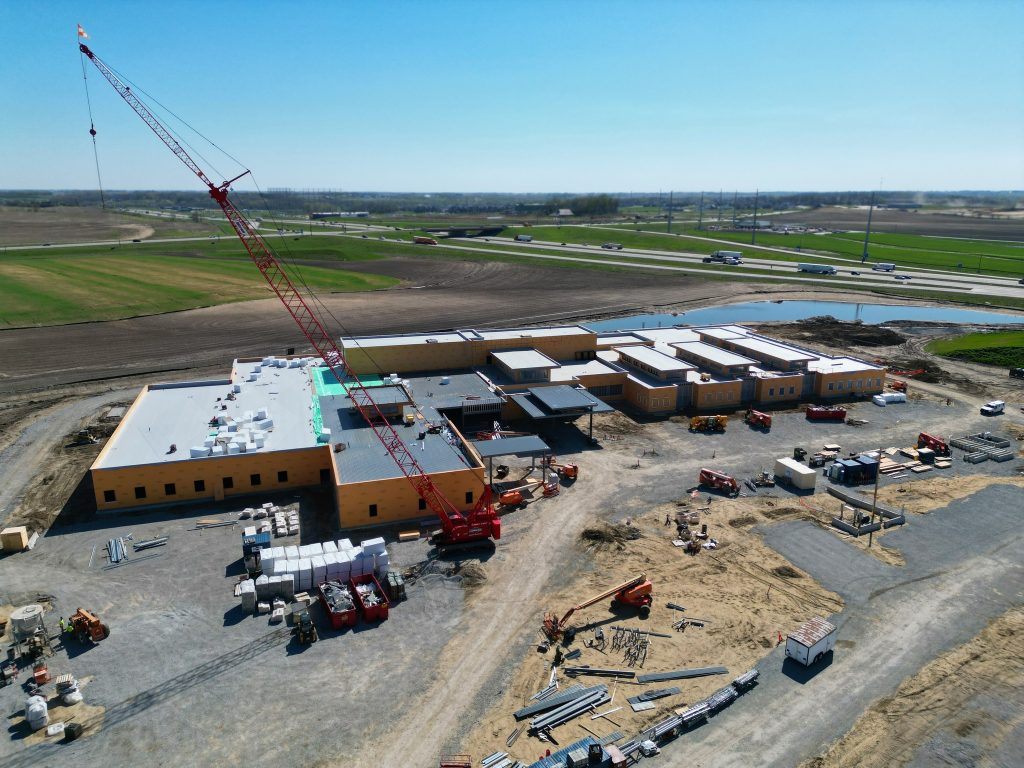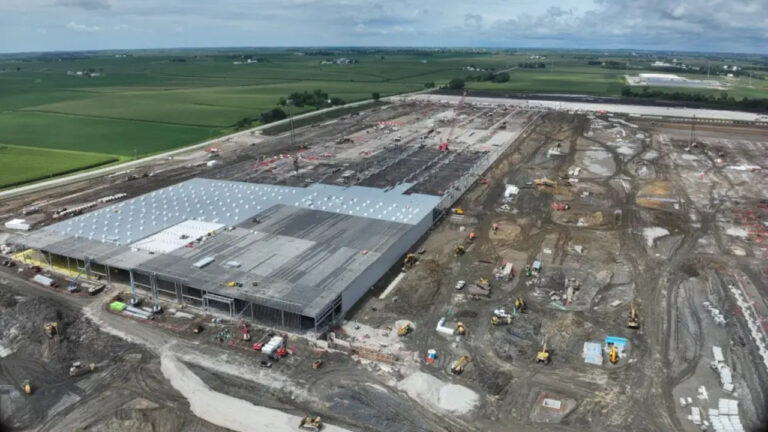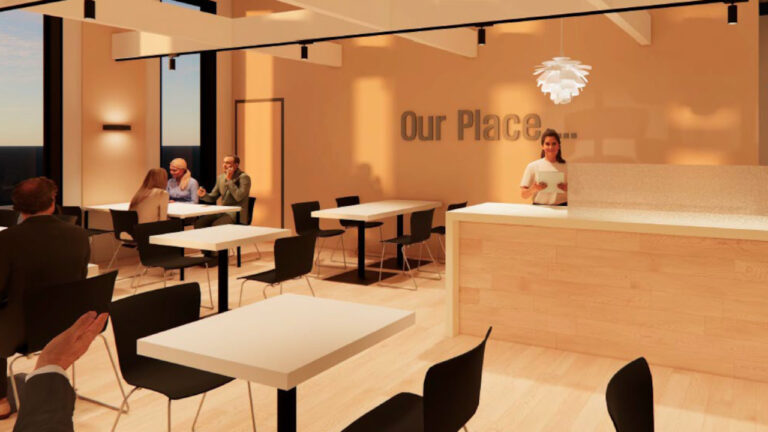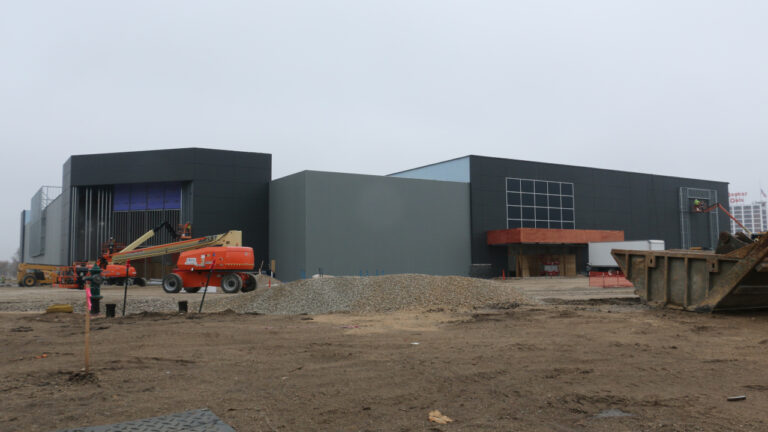Orthopedic boom: Eastern Iowa’s aging population drives surge in demand for care

Construction is underway for Steindler Orthopedic's new clinic and ambulatory surgery center in North Liberty, set for completion by early 2025. CREDIT STEINDLER ORTHOPEDIC CLINIC
As Iowa’s population ages and the last of the Baby Boomers reach 65 years old, orthopedic health care providers expect an increase in demand for services related to joint replacement, bone fractures and sports injuries. It’s leading to an orthopedic boom here in Eastern Iowa.
More than 18% of Iowa’s population is aged 65 years and older, according to the U.S. Census Bureau. What’s more, that number will…

Want to Read More?
Get immediate, unlimited access to all subscriber content and much more.
Learn more in our subscriber FAQ.
Do you want to read and share this article without a paywall?







